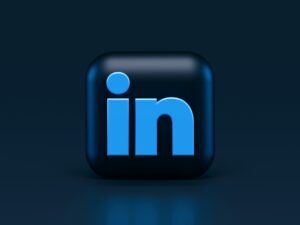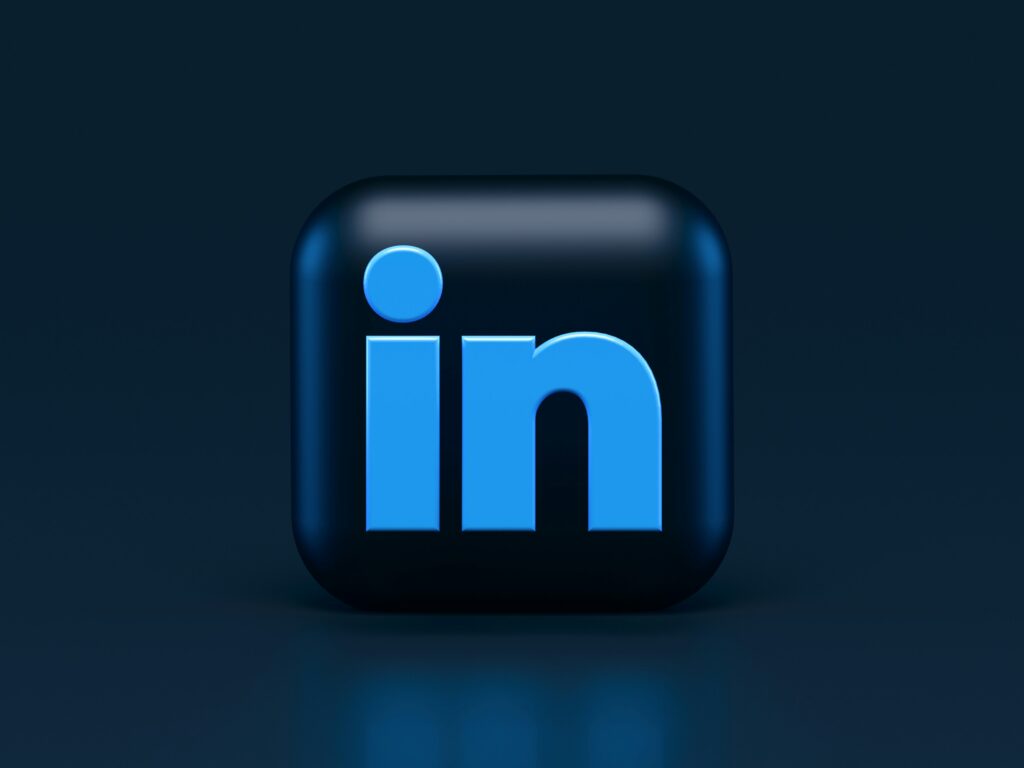LinkedIn Sponsored Content Ad Types Across The Marketing Funnel

LinkedIn is a popular social media platform that allows users to build their professional networks and companies to connect with users through posts and B2B marketing efforts. LinkedIn ads allow advertisers to strategically target audience members at all levels of the marketing purchase funnel through various campaign objectives and ad types. But when planning LinkedIn ad campaigns, it is crucial that marketers strategically choose the LinkedIn objective and ad type(s) that reflect where in the marketing funnel their ideal audience is. By selecting the right combination of objective and ad type, advertisers can expect meaningful results that meet marketing goals. So let’s learn more about LinkedIn ad types, and how they can drive impact to the next level.
LinkedIn ad formats
LinkedIn supports a variety of ad types that can be leveraged differently depending on the goal of the campaign, such as single-image ads, video ads, carousel ads, and more. Not all campaign objectives support each ad format, so during media planning, both campaign objective and desired ad type should be heavily considered. Video ads, carousel ads, document ads, and single-image ads are generally the most common ad types. Now, here are recommendations to identify which audience objective each ad type best aligns with throughout the funnel.
Upper funnel ad types

A prospect’s marketing funnel journey begins at the top of the funnel with awareness, where they are first exposed to a brand, product, or offering. Video ads are a great way to ignite awareness and tell the story of a brand; highlighting the brand, their values, and showing the product in action, encouraging users to stay engaged.
To keep these users engaged, it is important that video length is optimized. A LinkedIn study concluded that “videos under 30 seconds reported a 200% lift in view completion rates.” Knowing this, for campaign objectives focused on generating brand awareness, videos that are 30 seconds or fewer are likely to perform best. Regardless of video length, it is a best practice to clearly show users the brand and product within the first 10 seconds of the content to ensure the brand is top of mind.
Mid-funnel ad types

The funnel then descends into the consideration stage, where users begin weighing their options. Users will start comparing the brand, product, or offering with a brand’s competitors. It’s for this reason that during the consideration stage, it is important to show what sets the brand apart from competitors. The solution? Leveraging LinkedIn’s carousel and document ads.
Carousel ads allow advertisers to select between two and ten different single-image cards in one ad. It is recommended that advertisers start with three-to-five cards and then test and adjust depending on performance. Carousel ads are similar to a slide show, so content can be put together based on a similar theme or used to highlight different products and their offerings, revealing what makes your company stand out. The last card in a carousel should be the call to action (CTA) or value-add imagery (what users would gain from your offering). Finishing with the CTA encourages audiences to swipe through the entire carousel to learn more before taking action.
Document ads are relatively new compared to the other ad types (single-image ads, carousel ads. video ads). The ad type allows advertisers to showcase documents to audience members. Shared documents can range from case studies and whitepapers to how-to guides, which are better suited to build interest for mid-funnel users. After seeing the preview page(s) of the document within the ad unit, the user can then proceed to download the document directly from the platform without leaving the site. The document can be either gated (meaning a user needs to submit a lead form in order to gain access to the document) or ungated (meaning the user can have full access to the document as soon as they see the ad). By using document ads, advertisers can share large amounts of information without overloading an ad with lengthy text. Document ads also allow advertisers to have a clear understanding of their audience’s interest in the content and what content entices users to take action and download to inform future content creation efforts.
Lower funnel ad type

The final and bottom stage of the funnel is conversion, where users choose your brand by completing a call to action, such as filling out a lead form. Single-image ads are best for targeting these users. Why? Because users have been made aware of the brand, researched the brand, built trust, and are now ready to take action. As these bottom-funnel users likely already have satisfactory product information from pre-exposure and research, they are ready to take quick action, making single-image ads the perfect fit.
As the name suggests, single-image ads display one image that appears in the LinkedIn feed with adjoining text copy. Animated GIFs (250 frames or fewer) are also considered single-image ads. Keeping text relevant and aligned with the imagery, along with an explicit call to action, will encourage the best conversion rate. Pairing the single-image ad with in-platform actions that can be taken straight from the ad (such as filling out a lead form) strengthens the conversion rate even further.
What this means for marketers
LinkedIn continues to rapidly release new ad types and campaign objectives to allow marketers to reach performance goals in different ways. This allows marketers to understand audience members’ relationship with the brand’s content. For marketers, staying up to date on LinkedIn’s newest ad and objective types is crucial to be able to select the proper combination to achieve your brand’s goals. When the right combination of ad and objective types are used together, marketers can reach their ideal audience in the proper phase of the marketing funnel, generating positive results and garnering campaign learnings to inform future campaign iterations.



